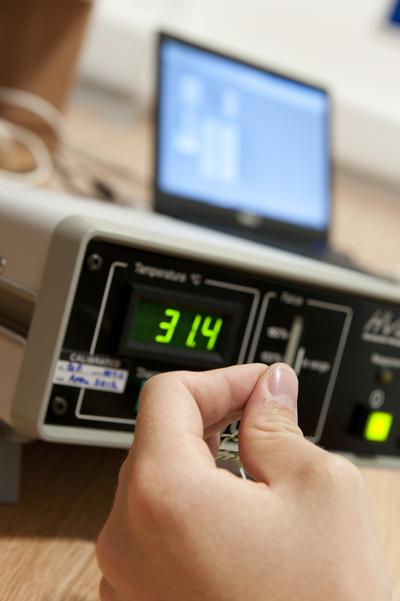Research challenge
Knowledge of how exposure to vibration can damage people who have to work with power drills, hammers, chain saws, and other hand-held machines was in its infancy when the University of Southampton’s Institute of Sound and Vibration Research began work in this area in the 1980s. Collaborations with industry combined with the contributions of medical experts led to understanding used to combat the hand-arm vibration syndrome, which causes disability among manual workers.
Context
The UK’s Health and Safety Executive and European Union regulators now recognise the importance of controlling the hand-arm vibration syndrome. It had been known as a disabling condition since power tools were developed and widely used in industry. Workers suffer from damage to blood vessels, nerves, muscles, and joints of the hand, wrist, and arm, which is mostly permanent. Without understanding the causes of the syndrome, it was impossible to develop ways of combating it.
Our solution
For more than 40 years, researchers at the University of Southampton have explored issues relating to the effects of vibration of people. The Institute of Sound and Vibration Research was established in 1963 to specialise in this area; Michael Griffin joined in 1968 and became Professor of Human Factors in 1991. His Human Factors Research Unit has been at the forefront of investigations into problems of vibration, winning many grants to further the work and publishing many papers in leading academic journals. Projects have included major international collaborations with significant industrial partners. Links with specialists from the University of Southampton’s Medical Research Council (MRC) Lifecourse Epidemiology Unit have resulted in a major survey of the causes and effects of exposure to hand-transmitted vibration with almost 13,000 people. Knowledge gained through these years of research has been used to educate policymakers about the problem and develop tools to diagnose the syndrome.
What was the impact
Pioneering work on the effect of vibration on workers played a major part in recognising the disabling condition known as the hand-arm vibration syndrome and encouraging policymakers and regulators to take action to protect workers who use power tools such as drills, hammers, grinders, and chain saws. As well as increasing knowledge and understanding of the syndrome, researchers at Southampton have developed tools to diagnose the condition. These HVLab diagnostic instruments are used to decide on eligibility compensation by the Department of Work and Pensions in the UK, and to decide on whether workers can continue to use vibratory tools or be compensated for injury in the UK courts, various European countries, and Japan. The ISVR continues to run short courses to educate companies and individuals about its latest research findings.
